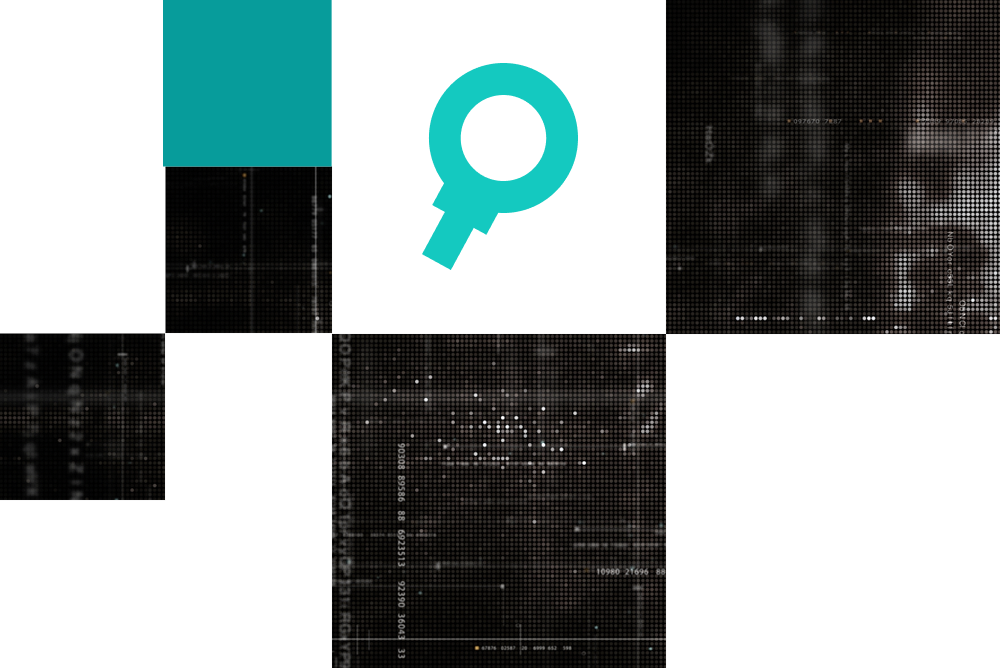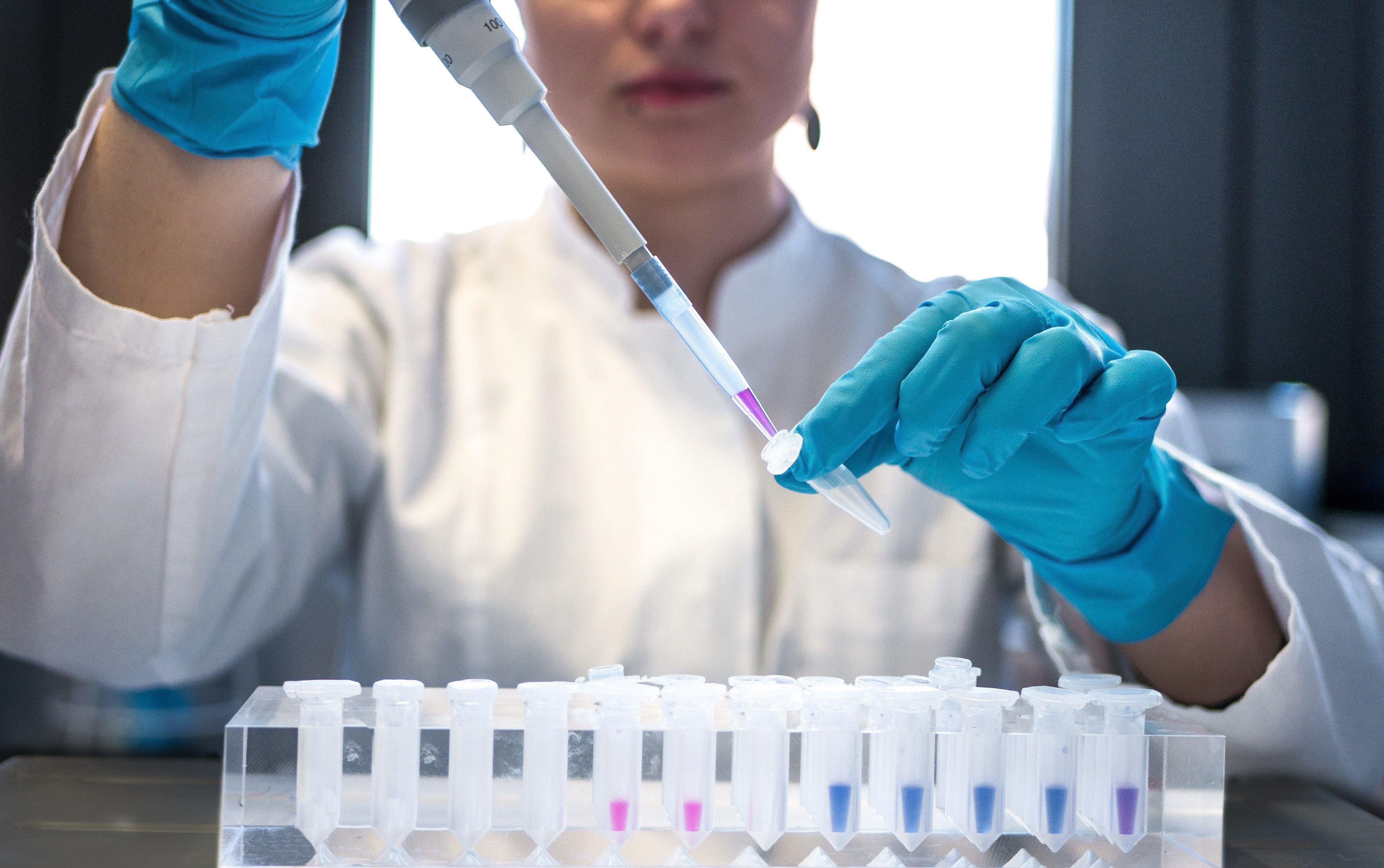Mapping Innovation Potential Across the Northern Region
In an era where innovation ecosystems are more vital than ever, unlocking the valorisation potential of academic research isn’t a new priority - it’s a long-standing necessity. For as long as knowledge has advanced, its true impact has depended on our ability to translate it into real-world solutions. That’s why ScoutinScience is proud to collaborate with Founded, a regional leader in entrepreneurship and innovation, on a strategic project aimed at transforming the research landscape of the Northern Netherlands. Titled “Mapping Innovation Potential Across the Northern Region,” this long-term project is designed to identify, monitor, and ultimately activate technology transfer opportunities from four of the region’s most influential research institutions: Rijksuniversiteit Groningen (RUG), UMCG, Wetsus, and ASTRON. The project began in August 2024 and remains ongoing, with ScoutinScience providing key data, insights, and strategic intelligence to power the work.
Background information
About Founded
Founded is a non-profit initiative based in Groningen, committed to supporting entrepreneurship and startup growth throughout the Northern Netherlands. With a focus on the provinces of Groningen, Friesland, and Drenthe, Founded works to create a vibrant innovation ecosystem by connecting researchers, founders, investors, and public partners. Its mission is to turn ambition into action, offering startup readiness programs, access to funding, networking opportunities, and a platform for scaling ventures with global relevance. Founded acts as a unifying force in a region that is rich in research and potential but historically fragmented in its innovation efforts. By leading this project, Founded is not only strengthening local tech transfer, it is establishing the North of the Netherlands as a credible player in the national and European innovation landscape.
The Institutions Behind the Research
The project brings together four institutions whose contributions to science, technology, and innovation are both nationally and internationally recognized.
Rijksuniversiteit Groningen (RUG)
The University of Groningen is a cornerstone of academic excellence in the Netherlands and one of the oldest universities in Europe, founded in 1614. RUG is internationally recognized for the breadth and quality of its research and teaching, ranking consistently among the top 100 universities worldwide. With over 30.000 students and a strong international orientation, RUG covers a wide range of fields: from natural sciences and engineering to law, economics, and the humanities. The university plays a key role in driving regional innovation. Its Faculty of Science and Engineering, for example, leads in materials science, artificial intelligence, and nanotechnology, while the Faculty of Medical Sciences contributes critical advances in health and life sciences. Through its innovation hubs, entrepreneurship programs, and partnerships with industry, RUG is a central player in bridging academic research with economic and societal value. RUG is also part of the University of the North, a regional alliance that promotes knowledge transfer and regional development, making it a vital actor in any discussion of innovation in the North.
UMCG - University Medical Center Groningen
UMCG is one of the most prominent academic hospitals in the Netherlands and a European leader in biomedical innovation. As both a care provider and a research institute, UMCG focuses its work around the central theme of “Healthy Ageing,” aiming to extend the quality and length of life through innovation in diagnostics, treatment, and prevention. UMCG combines top-level medical care with groundbreaking research in areas like genetics, regenerative medicine, oncology, and public health. Its large-scale biobank infrastructure and translational research capacity make it an attractive partner for biotech companies and medical device innovators. With over 12.000 employees and deep integration into the university ecosystem, UMCG has the critical mass to take discoveries from the lab bench to the bedside and eventually to the market. In the context of this project, UMCG’s contribution is especially valuable due to its dual role in research and care delivery, allowing it to rapidly test and validate new technologies in clinical settings.
Wetsus - European Centre of Excellence for Sustainable Water Technology
Wetsus is a leading research institute dedicated to water technology innovation. Based in Leeuwarden, Wetsus has established itself as a key player in Europe’s clean tech sector, known for its interdisciplinary and industry-driven approach. What makes Wetsus unique is its ability to connect fundamental academic research with practical, scalable solutions for water treatment, reuse, and resource recovery. The institute operates through a network of over 100 industrial and academic partners. Its research areas include membrane technology, microbiological water purification, phosphate recovery, energy-efficient desalination, and the circular use of industrial wastewater. Many of its projects contribute directly to pressing global challenges such as climate change, urban water stress, and sustainable agriculture. Wetsus has proven to be a fertile ground for spin-offs and patents, making it a key asset in the innovation landscape of the Northern Netherlands. Its practical orientation and strong connection to market demands align well with the goals of this project.
ASTRON - Netherlands Institute for Radio Astronomy
ASTRON is the national research institute for radio astronomy in the Netherlands and part of the Netherlands Organization for Scientific Research (NWO). Located in Dwingeloo, ASTRON is home to world-class facilities such as the LOFAR (Low-Frequency Array) radio telescope and plays a major role in the development of the Square Kilometre Array (SKA) - the largest radio telescope project ever attempted. While its core mission is fundamental astronomy, ASTRON is also a source of innovation in areas like signal processing, high-performance computing, AI, and sensor technology. The hardware and software tools developed for astrophysics often have applications far beyond science, including defense, space tech, telecommunications, and big data analytics. ASTRON’s participation in this project underscores the importance of recognizing and supporting deep-tech valorisation, where high-end science meets complex technical challenges with global relevance.
Defining the Mission
This project isn’t just about counting research, it was is uncovering its potential.. From its outset, the mission has been clear: understand the innovation potential of the North, benchmark it with peer regions, and implement data-driven actions to increase technology transfer. In its first phase, the project delivered a baseline report covering the full 2023-2024 academic year. This provided a detailed assessment of research activity and revealed untapped areas where valorization could be enhanced. As a result of this work, stakeholders gained a shared understanding of their current position and the next steps needed to close the gap between research excellence and commercial or societal impact. Following the baseline phase, the project entered a monthly monitoring cycle. This ongoing analysis enables early identification of promising developments and supports agile decision-making in areas like investment, partnership development, and institutional strategy.
What Is Category A Research?
As part of our analysis, ScoutinScience classifies research publications into four categories based on their** Business Potential Score (BPS)** - a proprietary metric ranging from 0 to 100. This score estimates the likelihood that a piece of research can lead to successful technology transfer or commercial application. Category A (BPS 90–100) papers are considered to have high business potential. These are strong candidates for patenting, licensing, or spin-off creation. For this project, in the 2023–2024 dataset, we identified more than 750 Category A papers, each a high-potential foundation for new innovation. This classification enabled stakeholders to focus their energy and resources on the most promising research opportunities.
ScoutinScience’s Contribution
Throughout the project, we have provided the core analytics infrastructure needed to bring clarity and structure to the region’s research data. Our contributions included:
- Using our dashboard to track and visualize output from all four institutions
- Collecting and analyzing over 12.000 publications, classifying them by field, institution, and BPS category
- Mapping 22 unique patent families filed in 2024 alone
- Integrating data on NWO grants, known spin-offs, and institutional funding streams
- Benchmarking results against peer institutions to identify strategic gaps and strengths By combining academic research data with commercial relevance analysis, we were able to help the region move from “outputs” to “opportunities.”
What Has Been Achieved
The initial results of the project have been strong. The comprehensive data collected has not only illuminated the current state of regional research, but has also provided a roadmap for future investment in innovation capacity. The stakeholders, academic leaders, policy makers, and regional development agencies now have access to dynamic, real-time data that informs decisions and sparks collaboration. Importantly, this project has fostered a shift toward a shared regional innovation strategy, one where institutions coordinate rather than compete, and where impact is measured not just by papers, but by real-world outcomes.
Why This Project Is Different
This initiative stands out for its region-wide coordination. It is a powerful demonstration of what is possible when four major research institutions align their valorization strategies so closely. That level of trust, alignment, and ambition is what makes this project unique. Founded’s leadership in convening this consortium has been instrumental. Rather than treating innovation as the responsibility of a single university or TTO, this project reflects a** regional mindset**, focused on long-term growth, shared infrastructure, and collective impact.
What’s Next?
The project is far from over. The foundation has been laid for deeper collaboration, expanded data capabilities, and more proactive tech transfer strategies. New partnerships are forming, and new questions are being explored. The momentum is real, and exciting developments are on the horizon. Stay tuned - there’s more to come!
Join the Innovation Movement
At ScoutinScience, we believe that the future of innovation lies in smart, strategic partnerships, powered by data and built on trust. This project with Founded and the Northern Netherlands’ leading institutions is proof of what’s possible. If your university, TTO, or region is looking to unlock the hidden potential in your research output, we’re ready to help!
Interested in collaborating or learning more? Contact us or follow us on LinkedIn and www.scoutinscience.com for updates.



